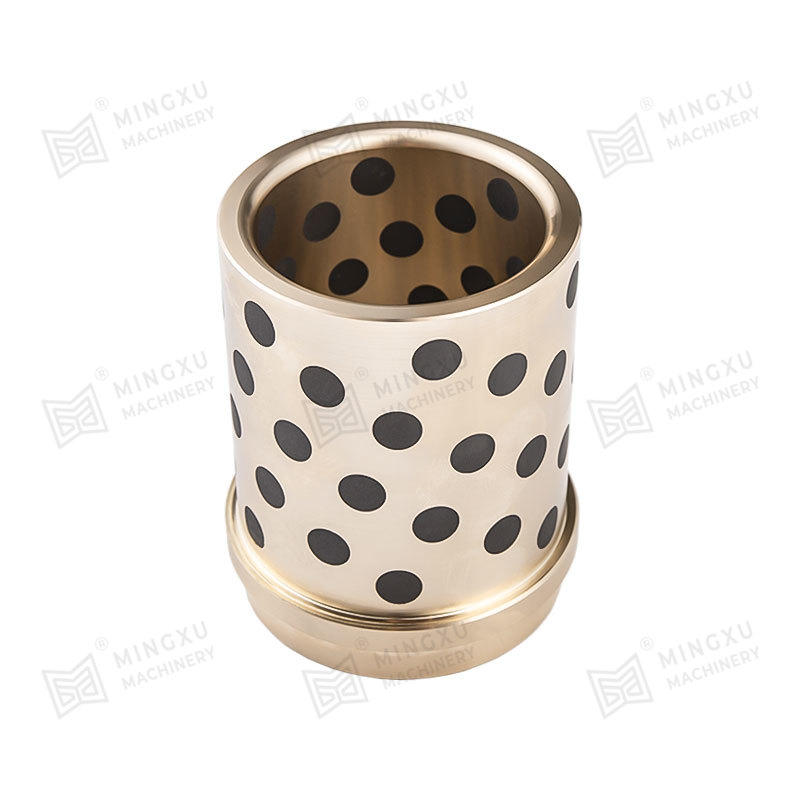Solid-lubricating bearings are specifically designed to minimize the risk of seizure or jamming, which is a situation where the bearing stops rotating due to excessive friction or heat. Here's how they perform in such situations:
Self-Lubrication:
The primary advantage of solid-lubricating bearings is their ability to provide continuous lubrication internally. This self-lubricating feature helps to reduce friction and heat build-up, which are common causes of seizure.
Low Friction Coefficient:
These bearings typically have a lower friction coefficient compared to traditional bearings, which reduces the chances of seizure by minimizing the force required to maintain motion.
Material Properties:
Solid-lubricating bearings are often made from materials with excellent wear resistance and thermal conductivity, which can help dissipate heat and prevent localized hot spots that could lead to seizure.
Load Distribution:
The design of solid-lubricating bearings can promote even load distribution, reducing the risk of localized stress concentrations that might cause seizure.
Operating Temperature Range:
Solid-lubricating bearings are often capable of operating over a wide temperature range, maintaining their lubricating properties even in high-temperature environments where traditional bearings might fail.
Corrosion Resistance:
The materials used in solid-lubricating bearings are often resistant to corrosion, which can help prevent the formation of rust and other contaminants that might cause jamming.
Material Compatibility:
Solid-lubricating bearings are designed to work well with a variety of materials, reducing the risk of chemical reactions that could lead to seizure.
Seizure Resistance Under Starvation:
In situations where external lubrication is not possible (starvation), solid-lubricating bearings can still function effectively due to their inherent lubricating properties.

Vibration and Shock Absorption:
Some solid-lubricating bearings can absorb vibrations and shocks, reducing the risk of sudden stops or starts that might lead to jamming.
Design and Geometry:
The geometry and design of solid-lubricating bearings can be optimized to reduce stress concentrations and improve load-carrying capacity, further reducing the risk of seizure.
Monitoring and Maintenance:
While solid-lubricating bearings require less maintenance than traditional bearings, it's still important to monitor their performance and replace them when necessary to prevent seizure.
Quality and Manufacturing Standards:
High-quality solid-lubricating bearings that meet manufacturing standards are less likely to experience seizure due to defects or inconsistencies in material properties.
Solid-lubricating bearings are designed to perform reliably in situations where there is a risk of seizure or jamming, thanks to their self-lubricating properties, low friction, and resistance to wear, heat, and corrosion. However, it's important to select the right bearing for the specific application and operating conditions, and to follow proper installation and maintenance practices to ensure optimal performance.




 English
English Español
Español

















Contact Us